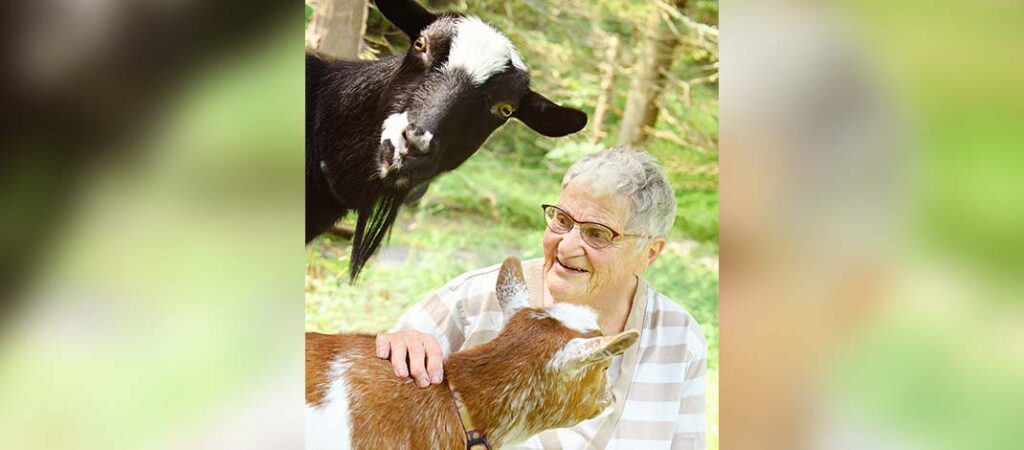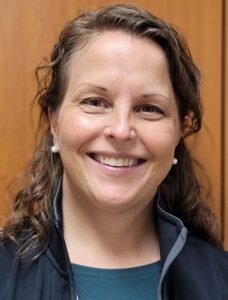It’s not always just because of age
By Jana Eisenberg
While December’s “Older Driver Awareness Week” has passed, it’s never too late (or too early) to address the topic of whether older adults are still healthy and well enough to drive themselves or others safely. Or, if they should stop.
This can be a difficult issue for older adults, and anyone with older parents or friends who drive. The American Occupational Therapist Association notes that it can be helpful to focus on solutions, rather than only focusing on the problem. The group outlines talking points which can be helpful to think about for you or loved one.
The first one is to anticipate changes that can affect driving. Maria McLaughlin, is a specialist at the ECMC driver rehabilitation program, where she conducts in-depth driver assessments. She noted that age alone should not guide people.
“The best predictor for ‘driving fitness’ is someone’s ability to function every day. In occupational therapy, we use the ‘IADL’ scale, that’s ‘instrumental activities of daily living,’” she said. “When someone begins to decline on the IADL scale, things like manage medications, take care of finances, schedule and keep doctor appointments, or cooking and cleaning, those are warning signs about driving fitness.”
She added that driving is the highest level of daily activity, one where speed and accuracy are critical; where split-second choices can be fatal. When things like decision-making and even balance start to diminish, those are also warning signs. If you haven’t in a while, get in the car and take a ride with your loved one. Have you noticed unexplained dents and dings on an older driver’s car? Has a neighbor or family member expressed concern?
The second point is to have the conversations. McLaughlin suggests talking about the issue early and often, preferably when there is no pressure and not while driving or in the car.
“Hopefully, you can just talk about it. For example, ‘Mom, you respect me, right? You trust me when I say that I’ve noticed some changes?’” she said. “You can ask your parent open-ended questions, like if they remember when their parent stopped driving. Talk about accepting age-related limitations. Remind someone that how they accept it (or not) sets an example for their children and grandchildren. One of the biggest challenges now is that people are living—and driving—longer. Many people outlive driving by seven to 10 years, so it’s important to think about it before it becomes a concern.”

Dorothy Shaw, 102, is an example of someone who drove for a long time, then recognized the need to change herself. She recently voluntarily gave up the keys to her car.
“I noticed I was being more careful; more afraid of falling and breaking something,” she said. “I made up my mind that the time had come. If I read about a 102-year-old woman having a car accident, I’d think she was at fault.”
Shaw also gave up her isolated country place where she kept goats, for the safer environment of her family’s city home.
During driver assessments at ECMC, said McLaughlin, people who haven’t had any of those conversations with family or friends find it harder to accept that they may not be able to continue to drive.
The first part of the assessment involves collecting medical, surgical and social history, conducting vision, cognitive and motor tests, and checking a person’s strength, coordination, and reaction time. Then there is a driving portion of the assessment.
The screening and evaluation process can actually help bring clarity to the decision.
“People can be referred here by the DMV, by their physician or the courts. Or they can self-refer,” said McLaughlin. “Coming for the assessment can be a relief if someone maybe knows that they’re having issues. It’s good to bring along a friend or family member. Sometimes their family might not be aware or they can be reassured that the parent is OK.”
The results might be a recommendation to stop driving at night or to avoid long-distance driving.
“Make the transition fun, share the driving,” she suggested. “Enjoy the positive aspects, relaxing, talking while in the car.”
Or it could be full “driving retirement.”
“We counsel people, reassure them that there is life beyond the driver’s seat. We give them links to transportation and community resources,” said McLaughlin. “We don’t want them to sit at home.”
Shaw, who up until a few years ago was driving others places through volunteer work at Canopy of Neighbors, a Buffalo-based organization that helps seniors age in place, exemplifies what McLaughlin hopes to see for people accepting the change in their lives.
“I enjoyed driving. I thought I would miss it terribly, but now I and my friends or neighbors can take a cab together or join Canopy of Neighbors and use the services ourselves,” said Shaw. “It may take a bit more planning; I will try to combine things into one trip. But I have a feeling of relief.”
To contact the ECMC driver evaluation program, call 716-898-3225 or visit ecmc.edu


